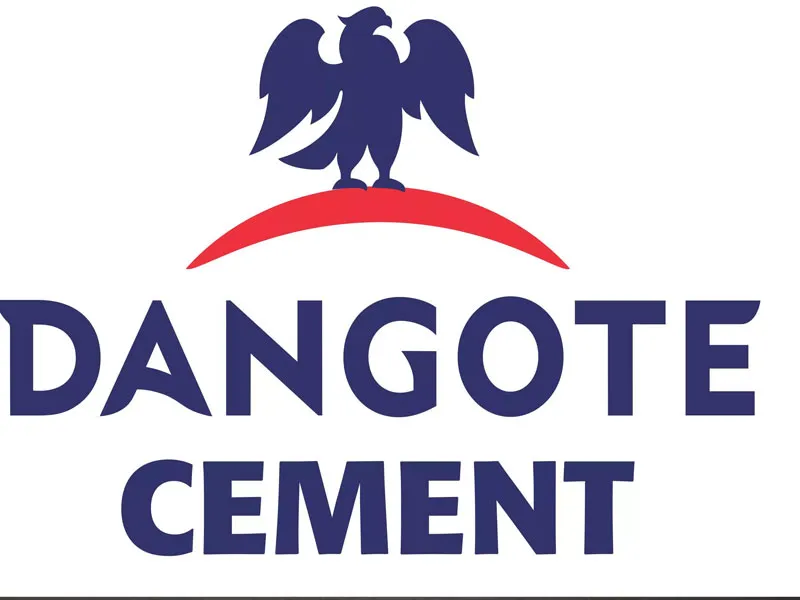Seven percent of the world’s carbon emissions are attributed to the cement sector, as stated by Arvind Pathak, Group Managing Director of Dangote Cement Plc.
He made this statement recently during the 12th Africa Cement Trade Summit in Abidjan, Côte d’Ivoire.
He said, “The cement industry, which provides a vital material to meet Africa’s infrastructure deficit, generates seven per cent of the world’s CO2 emissions as the cement value chain involves the intensive use of energy for raw materials’ mining, crushing, mixing, drying, firing, clinker grinding, packaging and dispatch to customers.
“Cement production is an energy-intensive process which consumes thermal energy of about 3.3GJ/tonne of clinker produced, and its electrical energy consumption is in the region of about 90 – 120kWh /tonne of cement.”
He pointed out that virtually every step of the cement value chain created CO2 emissions, with the majority of emissions coming from the burning process during clinker formation in the kiln. This put a vital demand on fuel sources and managed energy utilisation.
“We also leverage sustainability reporting to ignite market growth. As part of this commitment, we began reporting in 2020 and received an initial rating of C on climate change. As the company’s actions improved, we rose to a B- and then achieved a B+ rating in 2022,” Pathak added.
At the summit sponsored by the Singapore-based Centre for Management, Pathak presented a presentation titled “Utilisation of Alternative Fuels as a Strategy for Sustainable Cement production in Africa.” He stated that decarbonization was now a must rather than an option.
Pathak claims that substituting fossil fuels with alternative fuels, such as industrial, agricultural, and municipal wastes, has successfully reduced emissions.
The CEO of Dangote Cement, Dr. Igazeuma Okoroba, the Group’s Head of Sustainability, stated that alternative fuels burned cleaner than fossil fuels and that agricultural biomass was known to be carbon neutral.
He pointed out that the demand for cement would increase given that the world’s cement consumption would reach 4.2 billion tonnes in 2020 and that the population would increase by 12.3% in 2050 as a result of growing urbanisation.
In order to address concerns about climate change, he emphasised the necessity of giving the addition of alternative fuels to the fuel mix first priority.
Pathak disclosed that, following the global climate shocks, decarbonisation became an imperative rather than a choice for firms seeking to future-proof themselves in an ever-evolving global landscape.
He continued by saying that companies need to define their medium-, long-, and short-term goals as well as their decarbonisation plans for every transition target.
“Indications are that companies that are likely to thrive in this new wave of climate consciousness are not only decarbonising but also thinking about how to shift the business into faster-growing areas.
“Our board maintains oversight over sustainability reporting, which is essential for corporate success. Through this reporting, Dangote Cement responds to evolving environmental and social challenges by disclosing sustainability commitments and actions.
“As part of this commitment, we began reporting to the CDP in 2020 and received an initial rating of C on climate change. As the company’s actions improved, we rose to a B- and then achieved a B+ rating in 2022,” he explained.
Aside from the obvious benefit of reducing CO2 emissions, Pathak expressed confidence that the cement sector will continue to contribute to combating climate change, even though he acknowledged that the emissions challenge would linger in the industry for some time.
He noted that if the current trend continues, Sub-Saharan Africa is expected to overtake all other regions in the world in terms of total garbage creation, as urbanisation has increased the amount of rubbish generated.
He asserted, “The Stockholm Convention on Persistent Organic Pollutants, which is a global treaty to protect human health and the environment from highly dangerous chemicals, describes the firing hazardous waste in cement kilns as the best available technique for treating dangerous waste because most cement kilns possess the conditions and equipment to treat hazardous waste. This is where Dangote Cement provides the solution to Africa’s waste problem.
“Beyond the management of Africa’s waste, AF is a lever to decarbonise cement manufacturing processes. Regarding cost and policies in Africa, other options are improving the energy mix with increased use of transitional fuels, efficiency in cement production, design optimisation, and decarbonisation via CO2 sinks, such as reforestation and renewable energy for power generation.”


